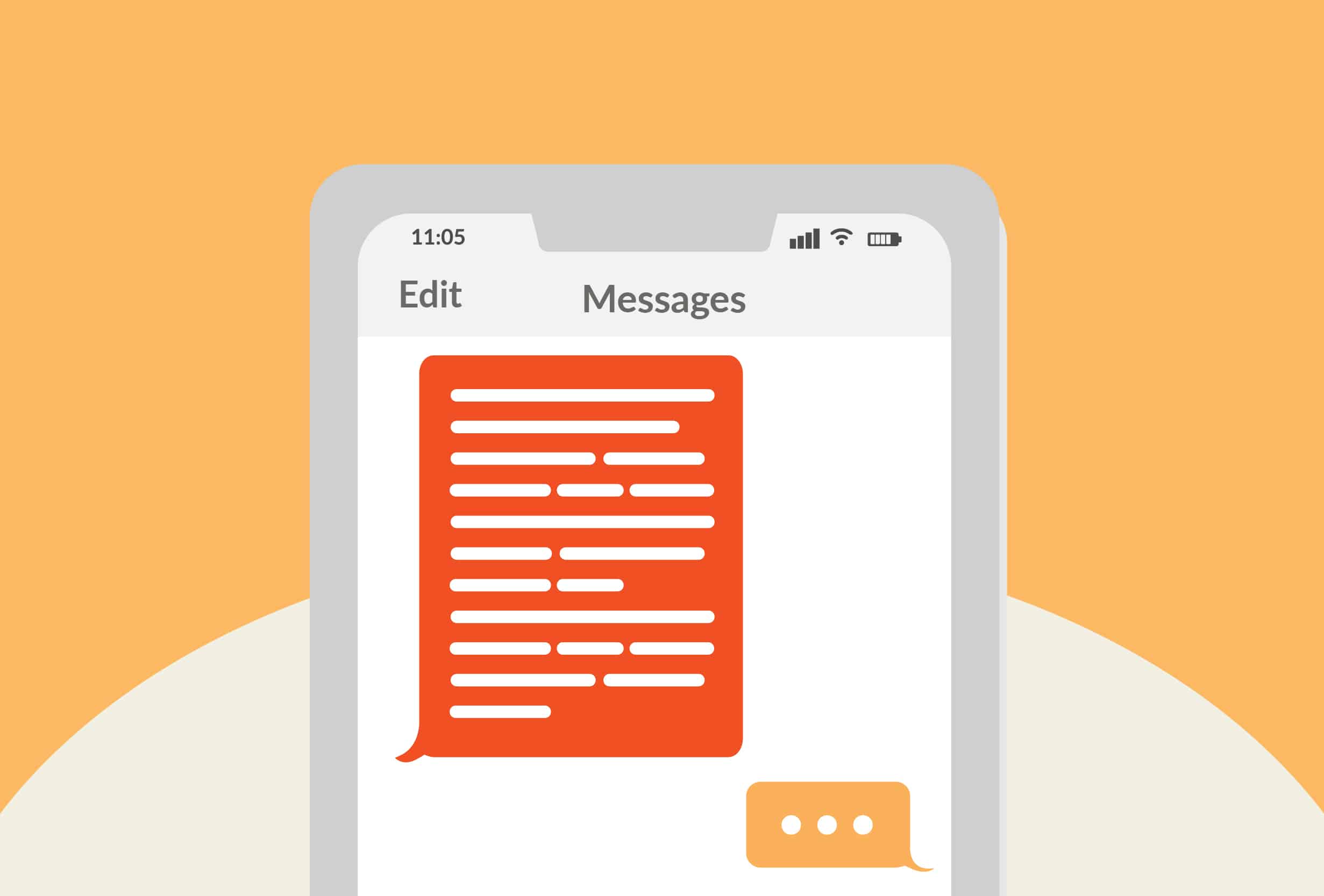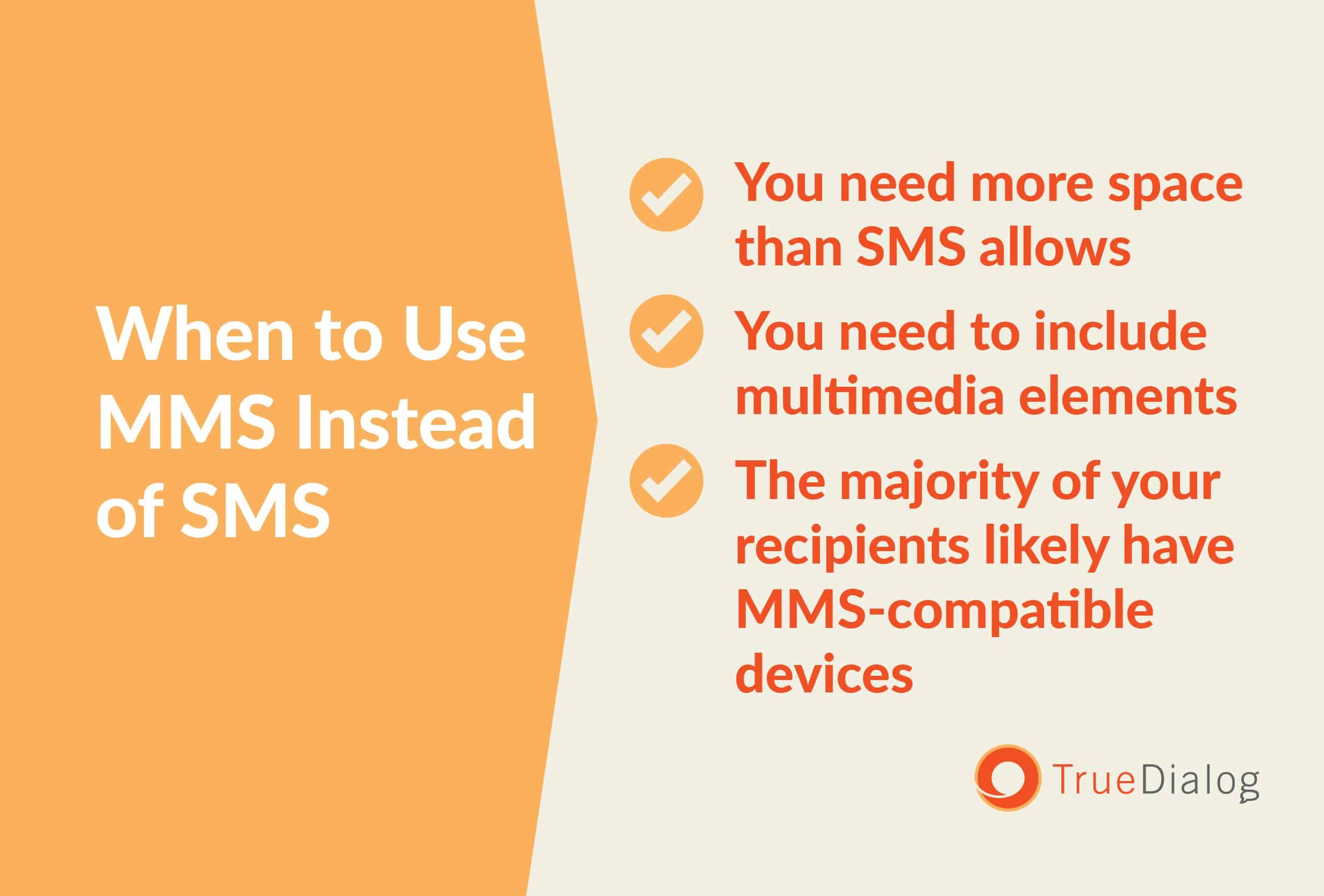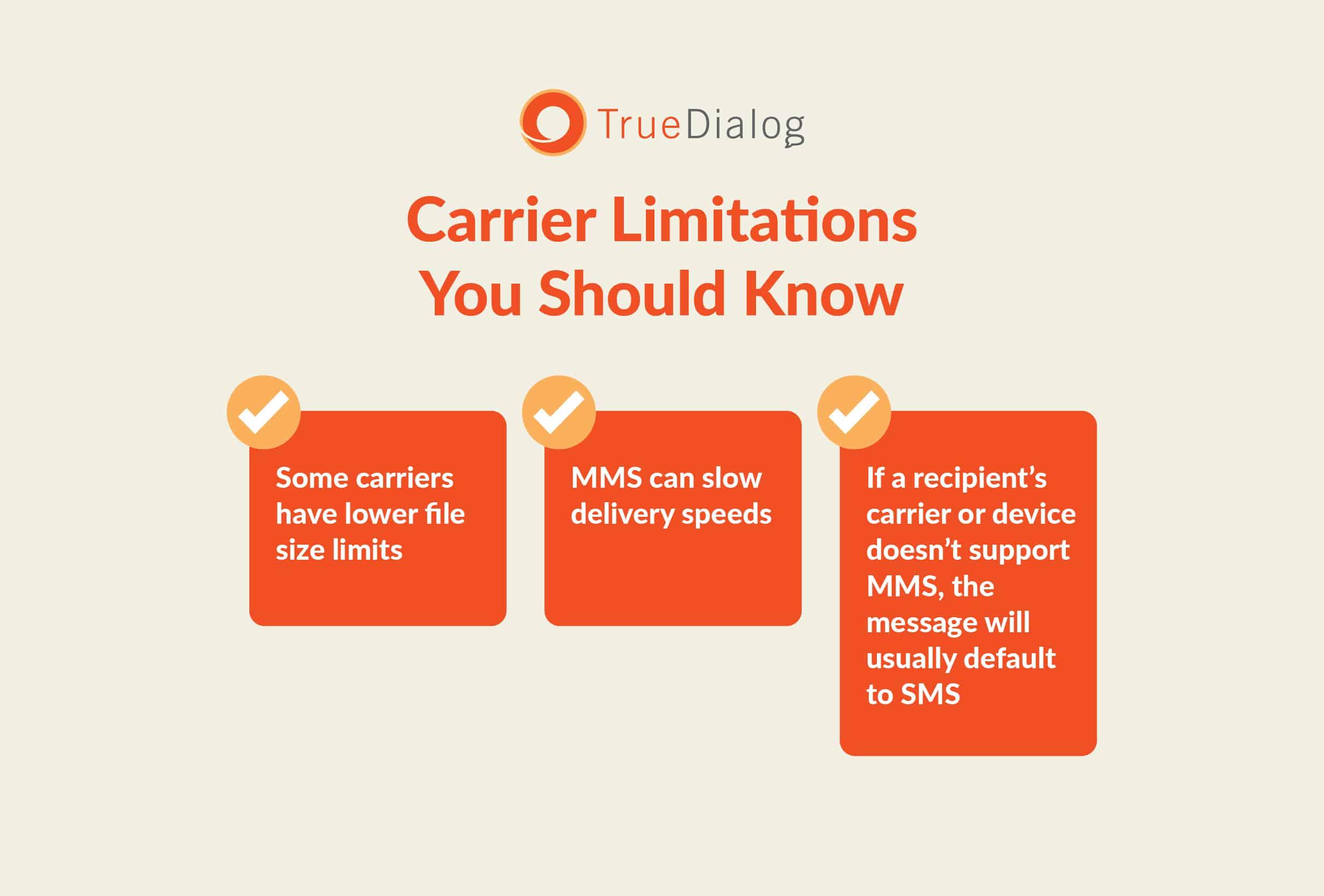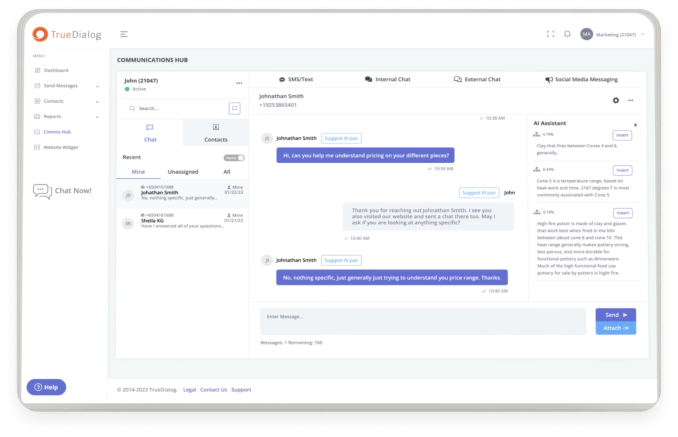You can convey a lot in a single text message, but sometimes — no matter how much you trim, abbreviate, and simplify — 160 characters just isn’t enough.
For instance, when you need to send step-by-step instructions ahead of an event or a detailed explanation on how to fix a technical issue, attempting to stay within strict character limits can make your message vague, disjointed, and ultimately unhelpful.
Unfortunately, when you break up your message into multiple segments, you risk those messages arriving out of order (or parts of your message not arriving at all), leaving recipients even more confused. So, what can you do?
Here’s some insight into why sending a long text can create challenges, plus how to send a long text message without jeopardizing deliverability or user experiences.
Why Long Text Messages Break
SMS (short message service) has remained the standard text messaging protocol for over three decades and is still one of the most effective ways to reach and engage audiences worldwide. However, despite its longevity and omnipresence, this technology isn’t without its limitations — and if you’ve attempted to send a long message to your contacts, you’ve likely experienced firsthand the pitfalls of pushing SMS beyond its technical bounds.
SMS Character Limits Explained
Text messaging was initially developed as a channel for ultra-quick, super-simple communications. Like an evolution of the pager system, texts were a tool for mini status updates or phone call requests (I.e., “On the way!” “Be right there,” or “Call me?”)
In these early use cases, 160 characters gave users more than enough space to get their simple messages across. But today, when users are accustomed to third-party messaging apps like iMessage and WhatsApp that allow them to send messages of practically any length, SMS character limits can feel restrictive.
GSM vs. Unicode Encoding
Another challenge with SMS character limits is that not all characters count equally.
The GSM 7-bit default alphabet (which includes most Latin-based letters, numbers, and symbols) is the standard for SMS messages around the world. In this system, each letter, number, or symbol constitutes one character.
However, GSM-7 doesn’t support emojis, em-dashes, and non-Latin characters (like those used in Arabic, Chinese, Japanese, and other languages). And, as a result, using these characters can trigger Unicode encoding, further slashing your character limit and affecting how your SMS messages are split and delivered.
So, for anyone wondering, “How long can a text be?” — the answer depends on which kinds of characters you include. With GSM-7, the limit is 160 characters, but with Unicode encoding, the limit is closer to 70.
What Is Message Concatenation?
The good news is, SMS has a built-in workaround for users whose messages exceed the character limit. The bad news is, it doesn’t always work.
When a message extends beyond 160 characters, the sender’s SMS gateway splits it into multiple parts, known as segments, that are each encoded with hidden metadata to help carriers reassemble the message. This reassembly process is called concatenation.
When concatenation is successful and carriers can stitch segments back together as intended, your message will arrive as a single, cohesive, long text message. But the process isn’t foolproof, and if there are any delivery issues or the system doesn’t correctly code the metadata, your message segments can be delayed, arrive out of order, or fail entirely.
This is why it’s so important to use an enterprise texting platform that prioritizes SMS deliverability. For example, instead of relying on third-party aggregators (like many other providers), True Dialog has direct carrier connections that help ensure speedy and reliable delivery, reduce latency, and mitigate the risk of message failures.
SMS vs. MMS for Long Messages
Of course, SMS isn’t the only option for texting your audience. If you’re wondering how to send a long text message over 160 characters, MMS (Multimedia Messaging Service) can be a great alternative.
While MMS is built on the same technology as SMS, this newer messaging protocol offers additional functionality, like the ability to send multimedia files and much longer messages. So, if you’re planning to send a very long text and you don’t want to worry about your message dividing into multiple segments, it can be tempting to make the switch.
Keep in mind, though, that MMS isn’t always a better choice, and there are plenty of scenarios when SMS is still a safer bet.
When to Use MMS Instead of SMS
While SMS only supports plain text, MMS allows you to create richer experiences by including photos, videos, audio clips, GIFs, and hyperlinks. Plus, with a 1600-character limit, MMS makes sending long text messages much easier. The downside is that MMS isn’t quite as universally available as SMS (which is supported by virtually every mobile device and carrier on the planet).
All of that said, you might want to leverage MMS if:
- You need more space than SMS allows
- You need to include multimedia elements
- The majority of your recipients likely have MMS-compatible devices
Otherwise, SMS is still the better option.
Carrier Limitations You Should Know
Keep in mind that carrier rules may vary when it comes to MMS messaging, which can affect how your messages are delivered.
For example:
- Some carriers have lower file size limits than others. In some cases, those carriers might compress images (which can reduce the quality and distort formatting). In other cases, your messages could simply fail to send at all.
- MMS can slow delivery speeds (especially when you’re sending bulk campaigns), so it’s not the best option for time-sensitive messages.
- If a recipient’s carrier or device doesn’t support MMS, the message will usually default to SMS, stripping away any multimedia elements and breaking long messages into multiple segments as usual.
Whether you’re planning to make a habit of sending very long text message campaigns or just want the peace of mind that comes with knowing your messages reach each intended recipient as intended, make sure you use a 2-way messaging platform like TrueDialog that supports both SMS and MMS.
Send Long Texts Confidently with TrueDialog
As a marketer, you know that brevity is key, and keeping your messages clear and concise is vital to holding your audience’s focus long enough to drive conversions. (After all, your contacts have no shortage of obligations and distractions jockeying for their attention, and unnecessarily long-winded texts are a surefire way to kill engagement.)
But long messages do have their place, and it’s important you can send them without worrying they’ll break or lead to frequent delivery issues. Choosing the right SMS marketing platform will have a tremendous impact on these outcomes.
TrueDialog is committed to making sure your messages reach their destination — whether you’re sending short-and-snappy messages under 160 characters, or detailed instructions triple the length. Plus, with features like our advanced SMS reporting — which includes a detailed dashboard and real-time analytics — or our AI-powered TrueDelivery tool that helps you avoid inadvertently triggering carrier spam filters — you can rest assured you have the insights and support you need to make every text campaign a slam dunk.








